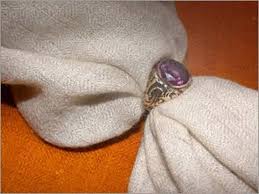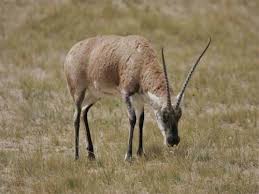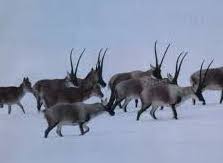
HANDCRAFTED, Sustainable Fashion
Currency

SHAHTOOSH shawls
The pashmina goat and sheep have been domesticated, making it easier to comb the valuable fibre. The Tibetan antelope, Chiru and Andean vicuna, both have super fine quantity of coat but have resisted domestication and are slaughtered for their prized fibre.
 |
 |
SHAHTOOSH is a Persian word which means the ‘King of the wool’. It is an incredibly light, soft and warm wool made from the hair of the wild antelope called Chiru, found in the plateaus of Tibet and eastern Ladakh at an altitude of over 4,000 metres in the Himalayas. Nature has gifted the Chiru with a two layered fur to provide warmth it requires to survive in the freezing cold of the plateaus where temperatures can dip to below minus 40C. It has a visible, long outer coat which is coarse and the short, soft undercoat which hugs the Chiru’s skin. Shahtoosh fleece is collected from the belly and the throat of the animal, which accounts for twelve to fourteen percent of a Chiru's coat. Often pashmina is passed off as Shahtoosh and only a microscopic examination can clearly distinguish between pashmina and toosh due to the difference in the fibre structure.
Chirus have long, slightly curved, upward-pointing, black horns, black faces and greyish brown bodies covered with extremely soft, warm and thick fur. The coat varies from a pale fawn to reddish-brown, with a whitish belly. They feed on grass and have a life span of around ten years. They are migratory animals, moving down from Mongolia to Tibet, and traditionally followed closely by the nomads who would hunt the antelope for hide, meat, bones, horns and fur pelts. The stories about Chiru fibres being collected from bushes are a myth. There are no bushes or trees on the Tibetan plateau for animals to rub against. The antelope needs to be killed for the fur to be collected. Shahtoosh is the most precious woollen fabric and it takes four or five chiru to make a single shawl. These shawls are expensive because of scarcity of the raw material.
 |
 |
Shahtoosh shawls are seldom dyed and preferred in their natural shades, mostly shades of tan and mossy browns, with natural white being the most expensive. A two meter long shahtoosh shawl weighs only 160 grams, referred to as ring shawls, so fine and light that it can be passed through a wedding band and warm enough to hatch a pigeon egg. Many believe that Pashmina and Shahtoosh are similar but pashmina is the hair of domesticated goats while Shahtoosh is obtained from wild antelopes, known as Chirus.
Shahtoosh is the warmest and most expensive woollen fabric. Seven times thinner than the human hair, the delicate yarn can be handled only by very skilled artisans. Weavers of Kashmir, with their experience in handling finest hand spun Pashmina could weave the most exquisite shawls from Shahtoosh which were banned in 1976. Under mounting pressure from wildlife activists, the Kashmir government banned the production in 2000. In spite of this a large number of Chiru continue to be hunted and skinned by poachers every year for their precious fleece. They are an endangered species, as now less than 75,000 Chirus that survive in the wild; down from a million some 50 years ago.










